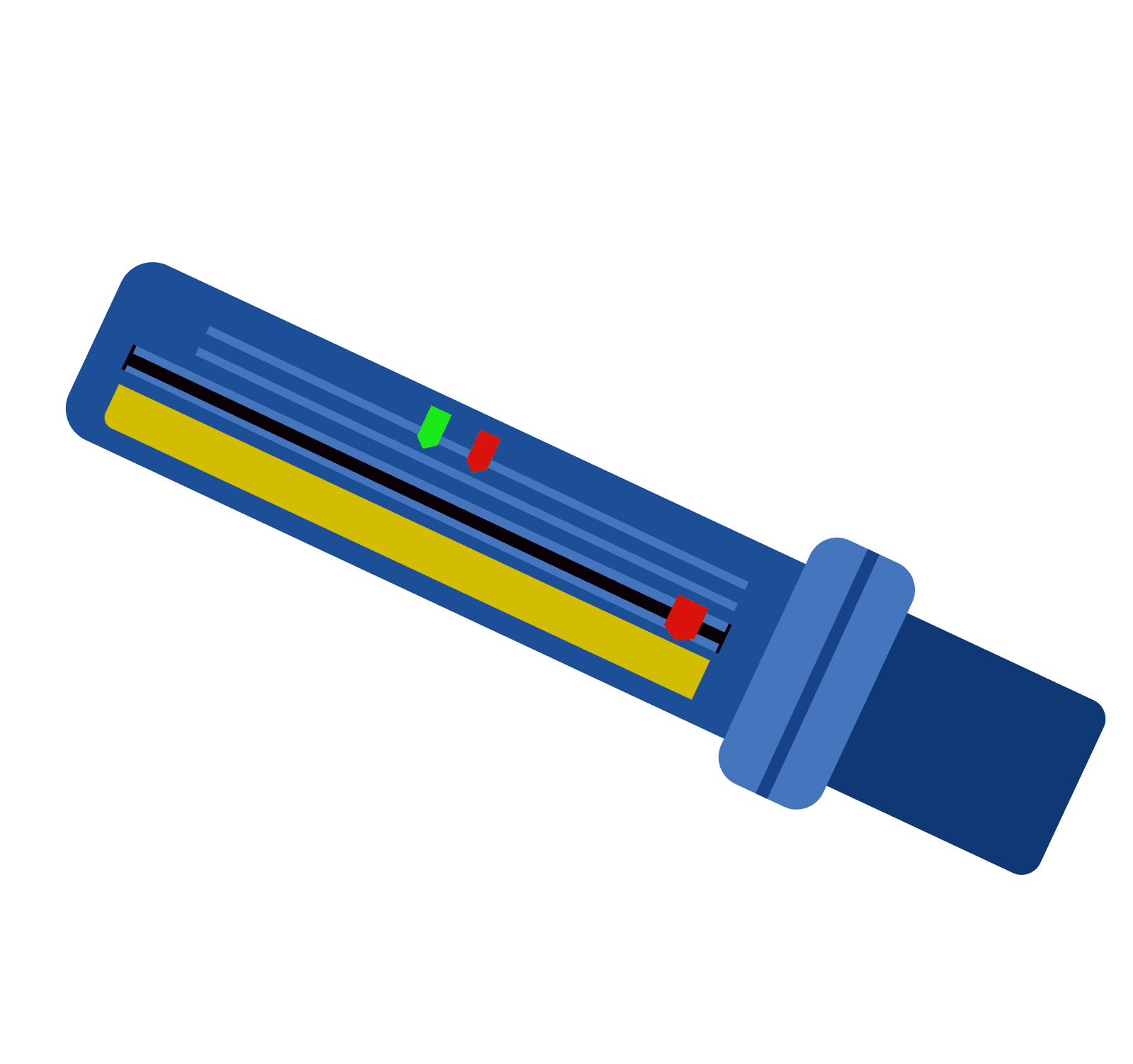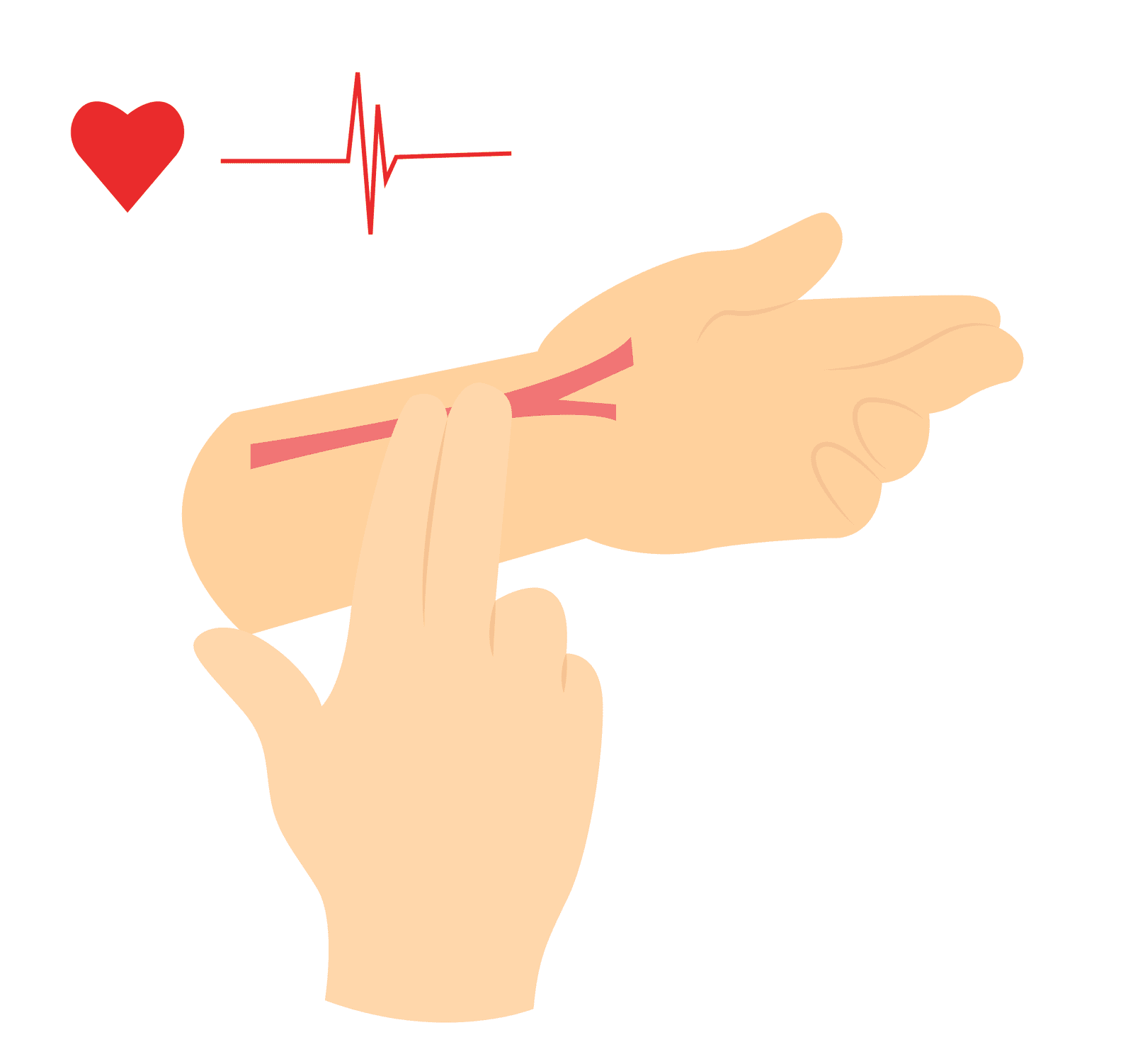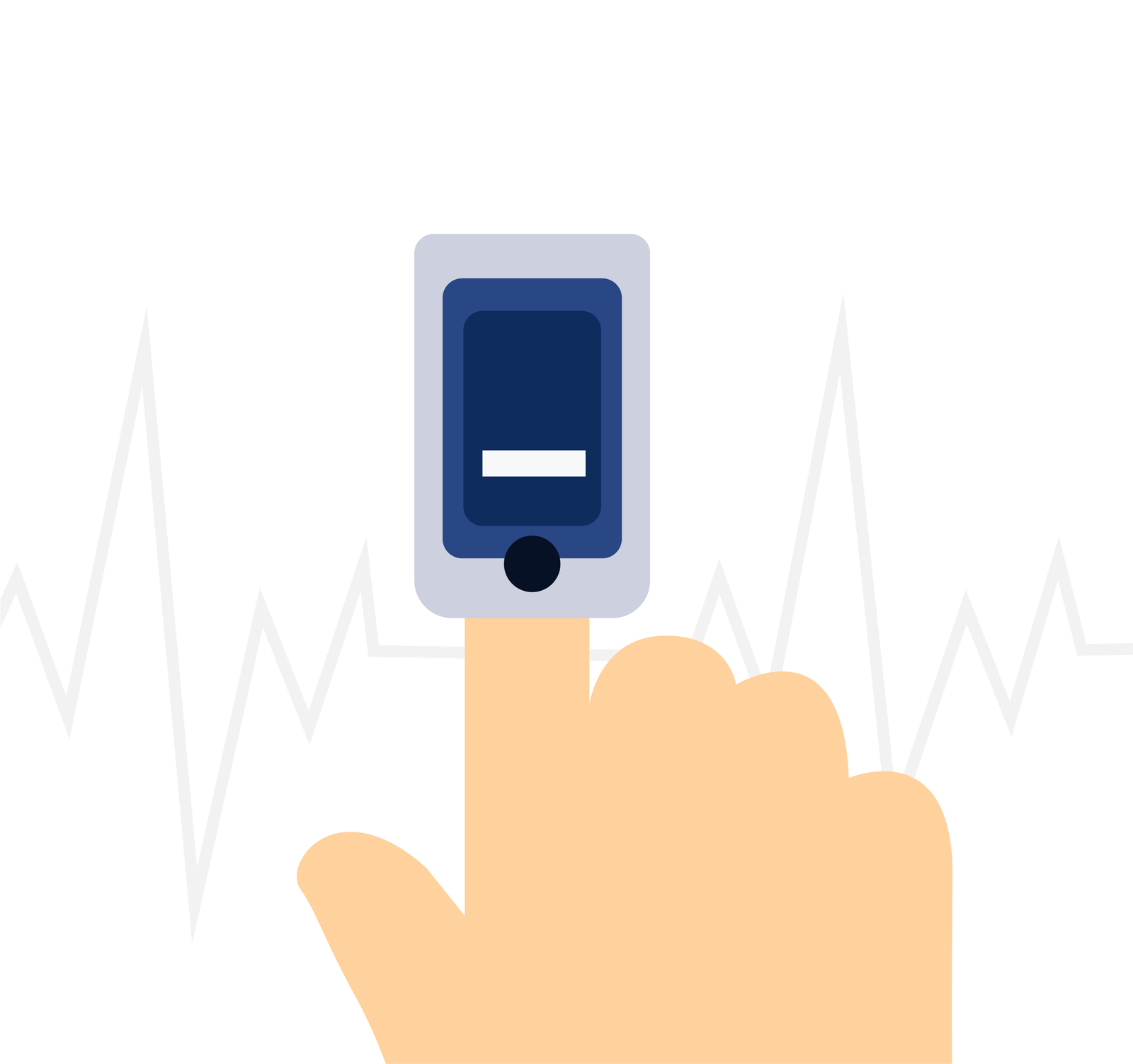Peak Expiratory Flow Rate (PEFR)
Introduction
Peak Expiratory Flow Rate (PEFR) can be useful to obtain in cases of prehospital asthma exacerbations. Peak flow measures the degree of airway obstruction as it measures the maximum flow on expiration.
Patients may have had peak flow observation completed previously, in asthma reviews. If so, they may know remember their normal peak flow measurement which can be useful in interpreting the obtained measurement.
Contraindications
None in the emergency setting.
Cautions
As a Peak Expiratory Flow Rate (PEFR) measurement increases intra-thoracic, intra-abdominal and intra-ocular pressure, carrying out the procedure can cause a small risk to certain individuals experiencing:
- Unstable angina, recent MI, or stroke.
- Recent pneumothroax.
- Recent ocular surgery.
- Recent abdominal surgery.
- Undiagnosed haemoptysis.
Care should also be taken in patients with serve and life-threatening asthma attacks as it could exacerbate the symptoms.
Follow us on Instagram
Complications
There are no major complications with carrying out peak flow, however the rapid exhalation could cause dizziness along with coughing or wheezing. Symptoms may also become exacerbated when carrying out the peak flow.
Equipment Needed
- Peak flow meter.
- New single use mouthpiece.
- Peak flow chart.
Procedure
Carry out pre-proecdure checks.
Ensure the peak flow meter is set to zero.
Position the patient either sat up straight or standing.
Encourage the patient to take the deepest breath possible.
Allow the patient to position their mouth around the mouthpiece, ensuring the peak flow meter is parallel to the floow, and create a tight seal with their lips.
Encourage the patient to exhale as forcefully as possible.
Note the reading displayed on the peak flow meter.
Repeat steps 2-7 twice more. After each attempt, provide feedback to the patient to allow them to refine their technique. (The highest reading for the three attempts is their peak expiratory flow rate.)
Pre-Procedure Checks
Check out more information on how to carry out pre-procedure checks.
Pre-Procedure Checks
Interpreting Results of Peak Expiratory Flow Rate (PEFR)
The expected results will vary depending on the patient’s height, sex, and age.
Peak Expiratory Flow Rate (PEFR) is measured in litres per minute (L/min)
A normal reading is around 400-600 L/min. However, the graph, seen below, shows the normal values of a patient’s PEFR based on sex, height, and age.

Once, the normal Peak Expiratory Flow Rate (PEFR) value is known based on either the patient’s history or the peak flow chart above it can be used in conjunctional with the recorded value to determine a deficit if any in the PEFR. This deficit can be useful in determining the severity of the asthma attack – see here for exacerbation of asthma in adults.
Follow us on Facebook
Key Points
- Peak Expiratory Flow Rate (PEFR) is a measure of how quickly a person can exhale air from their lungs during a forceful breath.
- Peak Expiratory Flow Rate (PEFR) monitoring is especially useful in managing patients with asthma, chronic obstructive pulmonary disease (COPD), or other respiratory conditions.
- Teaching patients how to use a peak flow meter and interpret their PEFR readings empowers them to monitor their own respiratory status at home and recognize early signs of worsening symptoms or impending respiratory emergencies.
References
Gregory, P. and Mursell, I. (2010). Manual of clinical paramedic procedures. Chichester: Wiley-Blackwell.
Joint Royal Colleges Ambulance Liaison Committee and Association of Ambulance Chief Executives (2022). JRCALC Clinical Guidelines 2022. Class Professional Publishing.
FAQs about Peak Expiratory Flow Rate
What is the significance of PEFR in asthma management?
A: PEFR is a vital tool in asthma management as it helps monitor lung function, assess the severity of asthma, and evaluate the effectiveness of treatment plans.
Can I measure PEFR at home?
A: Yes, a peak flow meter is a portable device that allows individuals to measure their PEFR at home, making it easier to track respiratory health regularly.
How often should I measure my PEFR?
A: The frequency of PEFR measurements depends on your respiratory condition and its severity. Your doctor will provide guidelines on how often you should measure it.
Can PEFR help identify asthma triggers?
A: Yes, monitoring PEFR can help identify potential asthma triggers by noting any significant drops in lung function after exposure to certain allergens or irritants.
Is PEFR the same as forced expiratory volume (FEV1)?
A: No, PEFR measures the maximum flow rate achieved during a forceful exhalation, while FEV1 measures the volume of air forcefully exhaled in one second.
How does air pollution affect PEFR?
A: Air pollution can irritate the airways and reduce PEFR readings, especially in individuals with respiratory conditions.






